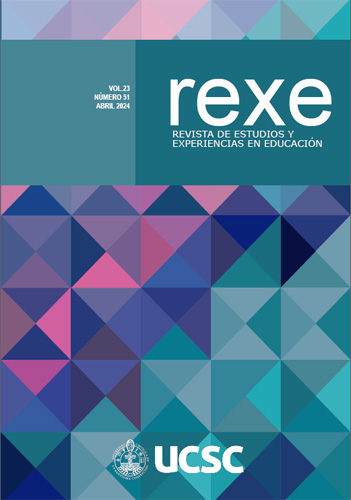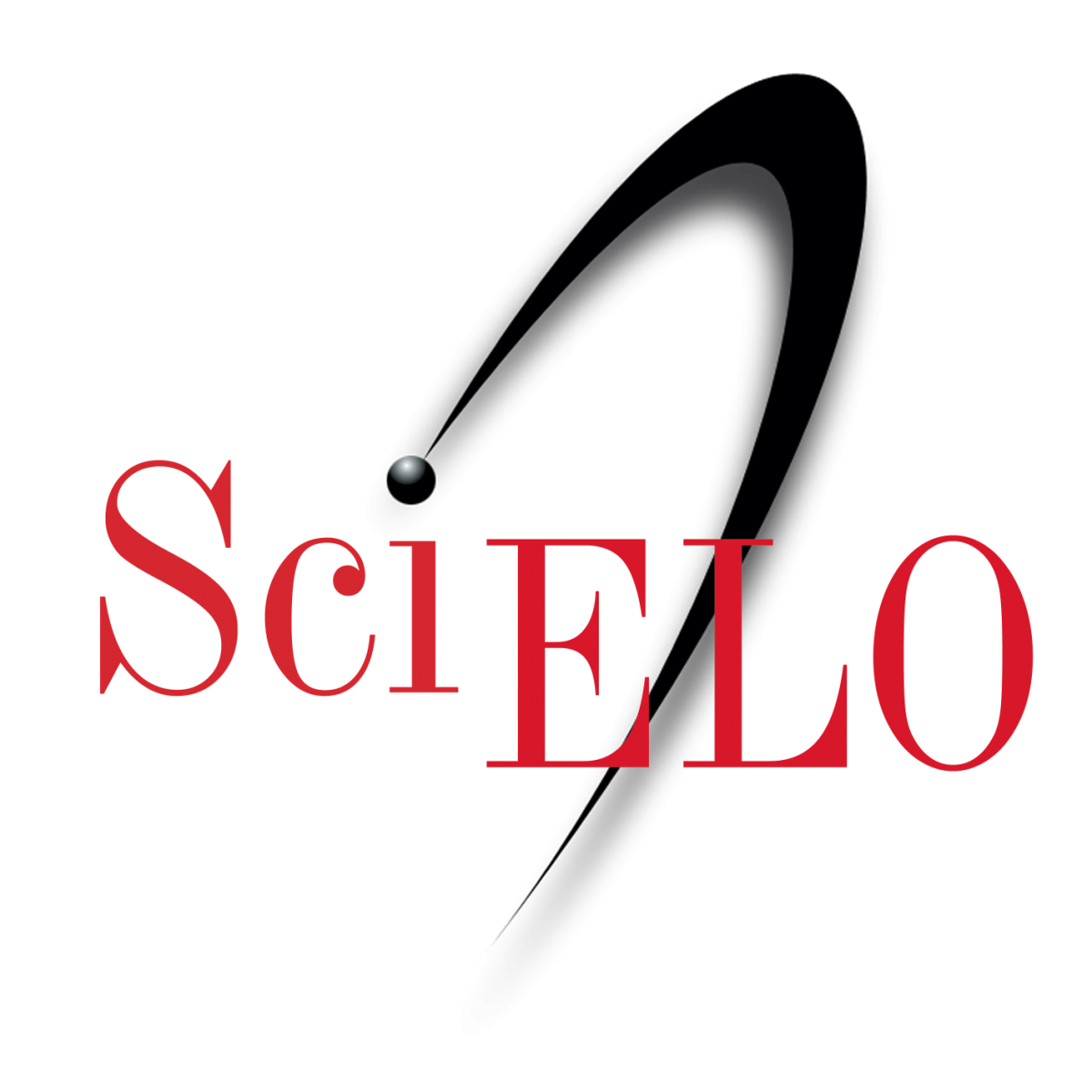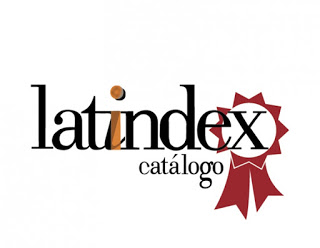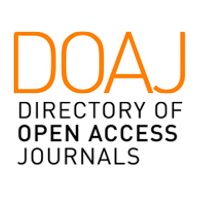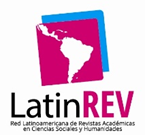Implantación del Aula Invertida en las Prácticas de Laboratorio de una Asignatura Básica de Química
DOI:
https://doi.org/10.21703/rexe.v23i51.2070Keywords:
Active learning, Flipped Classroom, Basic Chemistry, MotivationAbstract
This paper presents the application of the methodology of the flipped classroom in the laboratory practices of a basic subject of chemistry taught in the first year of the degree in XXX. The methodology used consisted of assigning the student the task of preparing the laboratory practices as an autonomous work, making available a practice guide with the theoretical foundations and the experimental procedure, as well as a collection of explanatory videos on the handling of the basic instrumental techniques required in each practice. Before and after the face-to-face practical sessions, the students had to solve both online quizzes. The students were satisfied with what they learned in the laboratory practices and with the methodology used. The students were satisfied "with the laboratory practices of the subject Fundamentals of Chemistry" and "with what they learned in these practical sessions” (4.56/5 and 4.45/5 respectively). Regarding the methodology, 93.1% of participants found it useful or very useful, 64.4% found that it gave them "more autonomy in the laboratory" and 75% that it gave them more effective learning. The flipped classroom fostered autonomous learning and student engagement early on. It seems the right methodology for teaching experimental chemistry in small groups of students.
Downloads
References
Abeysekera, L. y Dawson, P. (2015). Motivation and cognitive load in the flipped classroom: definition, rationale and a call for research. Higher Education Research and Development, 34, 1–14. https://doi.org/10.1080/07294360.2014.934336
Alemán, B., Navarro, O. L., Suárez, R. M., Izquierdo, Y. y Encinas, T. C. (2018). La motivación en el contexto del proceso enseñanza-aprendizaje en carreras de las Ciencias Médicas. Revista Médica Electrónica, 40(4), 1257-1270. http://scielo.sld.cu/scielo.php?script=sci_arttext&pid=S1684-18242018000400032&lng=es&tlng=es
Arnold-Garza, S. (2014). The Flipped Classroom Teaching Model and Its Use for Information Literacy Instruction. Communications in Information Literacy, 8, 7–22. https://doi.org/10.15760/ comminfolit.2014.8.1.161
Bhattacharyya, G. y Bodner, G. M. (2005). “It Gets Me to the Product”: How Students Propose Organic Mechanisms. Journal Chemical Education, 82, 1402–1407. https://doi.org/10.1021/ed082p1402
Bergmann, J. y Sams, A. (2014). Flipped learning. Gateway to student engagement. International Society for Technology in Education. ISBN: 978-1-56484-344-9
Birundha, S. (2020). Effectiveness of Flipped Classroom in Teaching Organic Chemistry at Standard XI. Shanlax International Journal of Education, 9(1), 198–204. https://doi.org/10.34293/ education.v9i1.3567
Campillo-Ferrer, J.M. y Miralles-Martínez, P. (2021). Effectiveness of the flipped classroom model on students’ self-reported motivation and learning during the COVID-19 pandemic. Humanities and Social Sciences Communications, 8, 176. https://doi.org/10.1057/s41599-021-00860-4
Cardellini, L. (2012). Chemistry: Why the Subject is Difficult? Educación Química, 23(2), 305-310. https://doi.org/10.1016/S0187-893X(17)30158-1
Cooper, M. y Stowe, R. (2018). Chemistry education research—from personal empiricism to evidence, theory, and informed practice. Chem. Rev. 118(12), 6053–608. https://doi.org/10.1021/acs.chemrev.8b00020
Cormier, C., y Voisard, B. (2018). Flipped Classroom in Organic Chemistry Has Significant Effect on Students’ Grades. Frontiers in ICT 4, 30. https://doi.org/10.3389/fict.2017.00030
Fautch, J. M. (2015). The flipped classroom for teaching organic chemistry in small classes: is it effective? Chemistry Education Research Practice 16, 179–186. https://doi.org/10.1039/C4RP00230J
Flores, J., Caballero, S., Concesa, M. y Moreira, M. A. (2009). El laboratorio en la enseñanza de las ciencias: Una visión integral en este complejo ambiente de aprendizaje. Revista de Investigación, 33(68), 75–111. http://ve.scielo.org/scielo.php?script=sci_arttext&pid=S1010-29142009000300005&lng=es&tlng=esF
Flynn, A. B. (2015). Structure and evaluation of flipped chemistry courses: organic & spectroscopy, large and small, first to third year, English and French. Chemistry Education Research and Practice, 16, 198–211. https://doi.org/10.1039/C4RP00224E
Galindo-Dominguez, H. (2021). Flipped Classroom in the Educational System: Trend or Effective Pedagogical Model Compared to Other Methodologies? Educational Technology & Society, 24(3), 44–60. https://www.jstor.org/stable/27032855
Gutiérrez-Mosquera, A. y Barajas-Perea, D. S. (2022). Uso de productos cotidianos en las prácticas de laboratorio de química orgánica: una estrategia metodológica basada en la investigación dirigida. Revista Científica, 44(2), 189–201. https://doi.org/10.14483/23448350.18616.
Hicks R. W. y Bevsek H. M. (2012). Utilizing Problem-Based Learning in Qualitative Analysis Lab Experiments. Journal of Chemical Education, 89(2), 254–257. https://doi.org/10.1021/ed1001202
Houseknecht J. B., Leontyev A., Maloney V. y Welder, C. (2019). Introduction to Active Learning in Organic Chemistry and Essential Terms. ACS Symposium Series, 1336(1), 1–17. https://doi.org/10.1021/bk-2019-1336.ch001.
Jia, C., Hew, K. F., Bai, S. y Huang, W. (2020) Adaptation of a conventional flipped course to an online flipped format during the Covid-19 pandemic: student learning performance and engagement. Journal of Research on Technology in Education, 54(2), 281–301. https://doi.org/10.1080/15391523.2020.1847220
Jiménez-Valverde, G., Llobera-Jiménez, R. y Llitjós-Viza, A. (2006). La atención a la diversidad en las prácticas de laboratorio de química: los niveles de abertura. Enseñanza de las Ciencias, 24(1), 59–70. https://doi.org/10.5565/rev/ensciencias.3814
Lafarge, D. L., Morge, L. M. y Meheut, ́M. M. (2014). A New Higher Education Curriculum in Organic Chemistry: What Questions Should Be Asked? Journal of Chemical Education, 91(2), 173–178. https://doi.org/10.1021/ed300746e
Lage, M. J., Platt, G. J. y Treglia, M. (2000). Inverting the classroom: A gateway to creating an inclusive learning environment. The Journal of Economic Education 31, 30–43. https://doi.org/10.1080/00220480009596759
Lynn, A. B. (2015). Structure and evaluation of flipped chemistry courses: organic & spectroscopy, large and small, first to third year, English and French. Chemistry Education Research and Practice, 16, 198–211. https://doi.org/10.1039/C4RP00224Eice
Nouri, J. (2016). The flipped classroom: for active, effective and increased learning – especially for low achievers. International Journal of Educational Technology in Higher Education, 13, 33. https://doi.org/10.1186/s41239-016-0032-z
Robinson, F. J., Reeves, P. M., Caines, H. L. y De Grandi, C. (2020). Using Open-Source Videos to Flip a First-Year College Physics Class. Journal of Science and EducationTechnology, 29, 283–293. https://doi.org/10.1007/s10956-020-09814-y
Ryan, M. D. y Reid, S. (2016). Impact of the flipped classroom on student performance and retention: a parallel controlled study in general chemistry. Journal of Chemical Education, 93(1), 13–23. https://doi.org/10.1021/acs.jchemed.5b00717
Sergis, S., Sampson, D. G., y Pelliccione, L. (2017). Investigating the impact of Flipped Classroom on students’ learning experiences: A Self-Determination Theory approach. Computers in Human Behavior, 78, 368–378. http://hdl.handle.net/20.500.11937/56739
Smith, J. D. (2013). Student attitudes toward flipping the general chemistry classroom. Chemistry Education Research and Practice, 14, 607–614. https://doi.org/10.1039/C3RP00083D
Srinivasan, S., Gibbons, R. E., Murphy, K. L. y Raker, J. (2018). Flipped classroom use in chemistry education: results from a survey of postsecondary faculty members. Chemistry Education Research and Practice, 19(4), 1307–1318. http://dx.doi.org/10.1039/C8RP00094H
Talanquer, V. (2018). Importance of Understanding Fundamental Chemical Mechanisms. Journal of Chemical Education, 95(11), 1905–1911. https://doi.org/10.1021/acs.jchemed.8b00508
Downloads
Published
Issue
Section
License
Copyright (c) 2023 Milagros Rico-Santos, María del Pino Quintana-Montesdeoca

This work is licensed under a Creative Commons Attribution 4.0 International License.
Open Access Policy
This journal provides immediate open access to its content, based on the principle that offering the public free access to research fosters greater global knowledge exchange.
License
The REXE Journal, “Journal of Studies and Experiences in Education,” published by the Faculty of Education at the Universidad Católica de la Santísima Concepción, is distributed under a License. Creative Commons Atribución 4.0 Internacional.
